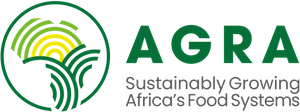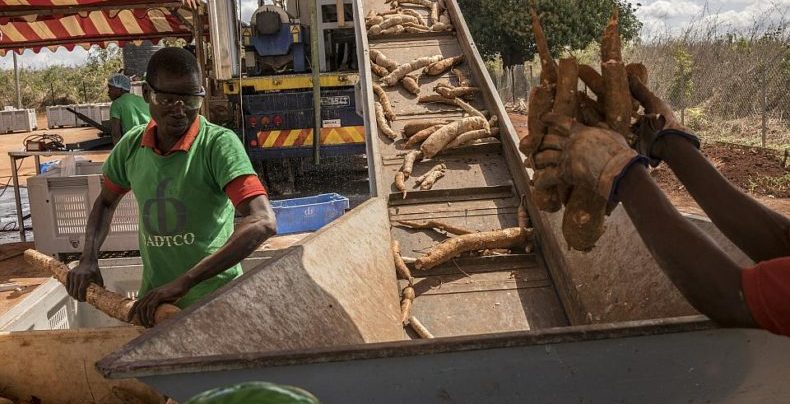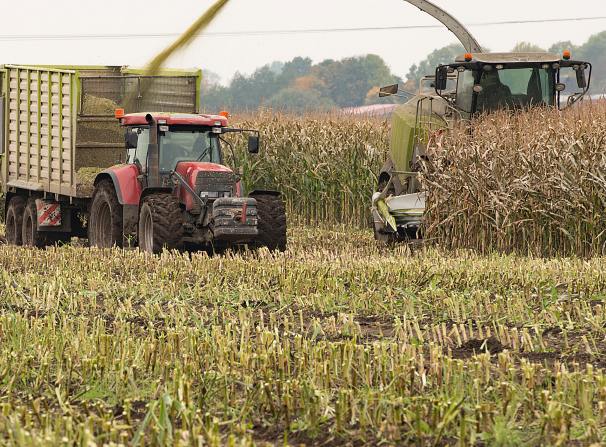AGRA believes that markets hold the power to influence the adoption of productivity-enhancing technologies. This is because agricultural output markets provide incentives for value chain actors to create and capture value in a profitable manner.
Market signals, we have confirmed, enable farmers and off-takers to partner in order to reduce transaction costs, enhance competitiveness, inclusiveness, and sustainability.
Farmers
Harvest and threshing service providers
Transporters
Grain traders
Animal feed manufacturers
Food processors
Governments
Industry associations
Farmer groups
Technology providers
Financial institutions
Our Strategy:
A critical mass of off-takers (between 180 and 600 depending on their capacity) is working with nine million smallholder farmers and other participants in the supply chains to sustain the competitiveness of target value chains. This is achieved by a three-pronged approach comprising the following key tasks:
Create a conducive environment for national and regional agricultural trade by:
Supporting the development of trade enabling policies
Encouraging evidence-based government decisions
Linking stakeholders’ coalitions with shared priorities
Foster competitive, resilient, and inclusive agricultural markets and value chains by:
Creating value chain linkages
Supporting the growth of structured trade
Supporting the growth of structured trade
Enhance support service markets through:
Service providers/trade facilitation
Supporting the growth of post-harvest technology supply chains
Development of market Information System/Digital trading platforms
We have piloted and encouraged the adoption of threshing technologies in several countries including Kenya, Tanzania, Rwanda, Mozambique, Ghana, Burkina Faso
Response to farmers’ immediate needs
In a bid to improve the access to markets, we support the development of proven post-harvest management technologies, business models and linkages to farmers, traders, and processors. In relation, over the last decade, we have piloted and encouraged the adoption of threshing technologies in several countries including Kenya, Tanzania, Rwanda, Mozambique, Ghana, Burkina Faso. This investment has been given authority by:
- Integration with other mechanization technologies (e.g. tractors) and grain handling business
- Provision of multi-crop threshing machines
- Development of mobile solutions for scheduling and e-matching demand and supply processes
- Linking the service to off-takers
Confirmed Benefits
As a result of our investment, the following gains have been reported in the post-harvest management of grains in test countries:
- Reduced threshing time from 34 hours to manually thresh 30x50kg bags of soya (1,500kgs) to 1 hour for the same output
- Increase quality of produce, as a result of reduced processing damage to grains.
- Reduced cost of threshing (between KSh50 and 400 per 50Kg bag)
- Three jobs created for each threshing machine
- Reduced drudgery for women, who were traditionally tasked with all threshing tasks









